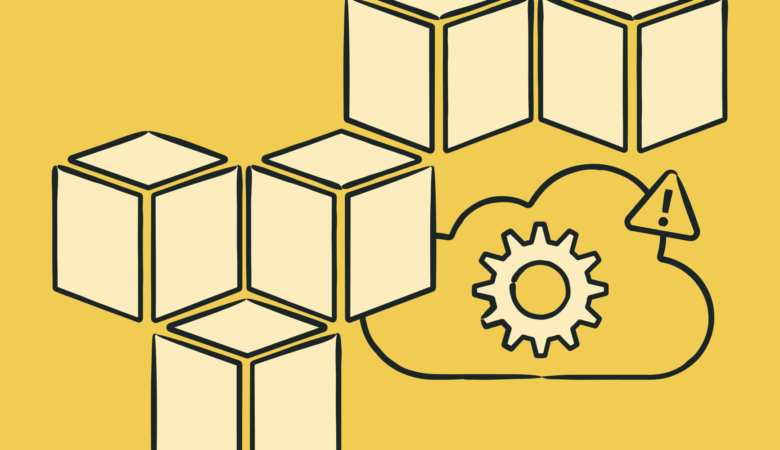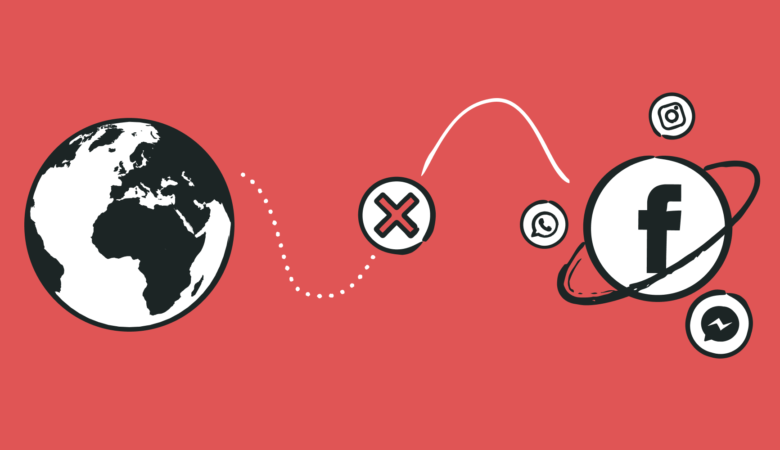Even the Hive Kickstarter project we discussed in our “Fund the Future” feature is an example of it. But what exactly is the IoT, and why should you care?
Breaking down a tough concept
The term “Internet of Things,” or IoT for short, describes the connection of everyday objects and devices to the Internet with the intention of making it possible for them to capture, send, and receive data without additional human interaction.
Think that sounds complex?
The reason for that is simple: the IoT is an incredibly broad concept, with a vast amount of potential across many different industries and groups. Implementation can vary greatly.
In some ways, trying to describe the Internet of Things is like trying to describe the World’s Fairs of the last century. The concepts are bold, the individual projects can be wild, and to the average person the promise of the IoT can seem like an unrealistic dream of the future.
But it isn’t.
The Internet of Things is already here.
Look at your wrist. If you are wearing a fitness tracker such as a Fitbit, Jawbone, or Microsoft Band, you are wearing what is called a “smart” device. But what makes a device a smart device? Connectivity.
A smart device is any device that can connect to other devices or networks via a wireless signal, such as Bluetooth, Wi-Fi, NFC, etc.
What about your Nest thermostat? It is a traditionally “dumb” device (a thermostat) packed with additional sensors and processing power that enables it to learn based on regular use. Its function is also heavily dependent on a connection to the Internet. Is this starting to sound familiar?
The Internet of Things is already here – it just may be hard to recognize.
Examples are already in your homes, offices, public spaces, and even on your wrist. A lot of the existing implementations are either simple in scope, compared to the grandiose dreams of the future you’d expect, or they are simply well hidden.
Some of the grander rollouts probably won’t be coming anytime soon, thanks to the ever-quick wheels of innovation that are moving faster than the rate of consumer adoption, and the lack of universal communication standards among IoT devices. But that more connected future IS coming.
What else the IoT is likely to bring
With the “connected” nature of the IoT and smart devices, topics like privacy, human control, security, social and lifestyle ramifications, and environmental impact will be talked about heavily.
As with any new technology there will be a surge in discussion as consumers, innovators, government officials, and businesses struggle to find a middle ground that finds a balance between active possibility and social responsibility.
So sit up, and pay attention – the Internet of Things is here, and could affect the way that you live!
Tell us what you think
We’d love to hear your opinions on the Internet of Things concept, and the future of smart devices. Post your comments in the section below, or tweet @UptrendsMonitor!





Leave a Reply